
| Return to the BC Spaces for Nature Conservation Section | |
The Tatshenshini-Alsek Campaign:
|
|
The Proposed MineIn the mid-1980s a proposal was advanced to develop Windy Craggy peak into a huge open-pit copper mine in the heart of the Tatshenshini wilderness. Associated with this proposed mine was an access road which would run along the banks of the Tatshenshini River. In addition to being devastating to this pristine wilderness, the Windy Craggy ore had up to 40% sulphide content. When this sulphide mixes with water and air it forms sulphuric acid and leaches out heavy metals. Known as acid mine drainage (AMD) this chemistry is incredibly toxic and irreversible once it starts. If AMD had been released into the Tatshenshini River from a Windy Craggy mine it would have permanently devastated the downstream system, including salmon, grizzly bears and eagles. Given the huge amount of AMD that the Windy Craggy deposit could generate, scientists said the river could have been poisoned for up to ten thousand years. The mining industry’s proposed plan to deal risk with this was to protect the tailings underwater, behind huge dams reaching up to 160m (350ft) high. However, the possibility of these earth-fill dams failing and releasing a toxic mixture was extremely high given that the deposit was located in the highest earthquake hazard area in North America. The largest recorded earthquake in the Americas – 9.6 on the Richter scale – hit this area in 1898. The Start of the Campaign
In response, Tatshenshini Wild (a precursor to BC Spaces for Nature) was created in 1989. This new conservation organization enjoyed early success by halting the development of the access road, citing that environmental assessment was inadequate and that outstanding wilderness and important grizzly bear habitat were at stake. 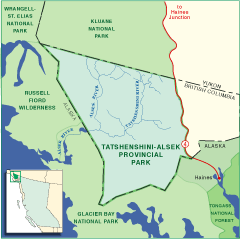
This temporary cease in activity at the mine allowed Tatshenshini Wild to begin a publicity campaign to allow citizens of British Columbia and beyond to recognize what was at stake in this then little-known world-class wilderness. As awareness of the threat spread, Americans also began to worry that potent acid and heavy metal pollution from the BC mine would degrade the Alaska's Glacier Bay National Park (which was also a UN World Heritage Sites), located downstream. Many Alaskans were also deeply concerned about the mine because of the plan to ship the ore through a port site in Haines, Alaska. As a result an early and critical alliance was established between the Southeast Alaska Conservation Coalition and Tatshenshini Wild. An International Network GrowsAfter this first alliance, the campaign quickly broadened to include not only leading Canadian groups (including Canadian Parks and Wilderness Society, Canadian Sierra Club, Western Canada Wilderness Committee, and World Wildlife Fund), but also the most powerful and influential conservation organizations U.S such as US Sierra Club, National Audubon, Wilderness Society, American Rivers, and American Wildlands. Tatshenshini was the first Canadian wilderness conservation issue to reach such a continental scale, and by 1991 Tatshenshini International was established. This linked together a network of the top 50 conservation organisations in North America and represented a combined membership of about 10 million people. An extremely intense campaign followed, focused not just on Victoria and Ottawa, but also the U.S. Congress and eventually the White House, where the active involvement of then Vice-President Al Gore was achieved. This sophisticated campaigning effort and the number of organizations involved led to an unprecedented North American wide citizen outcry. Soon the US Congress began to act on the need to protect the river. Successful Preservation of Tatshenshini-Alsek
In June 1993, the Government of BC decided to protect Tatshenshini-Alsek as a Class A park 958,000 ha (2.4 million ac). The new park was to be co-managed by the Champagne-Aishihik First Nation and the BC government. In combination with the adjoining national parks the creation of this new BC Park completed the world's largest international park complex (approximately 8.5 million ha/21 million ac) In December 1994, with acceptance from the Champagne-Aishihik First Nation, the entire area was formally designated as a core component of the world’s largest international United Nations World Heritage site. This impressive designation confirms the incredible global conservation value of the scenically stunning Tatshenshini-Alsek area and marked the final step in the preservation of the area. |
Read more about the Tatshenshini-Alsek: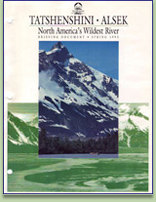 Download PDF of Tatshenshini Briefing Document 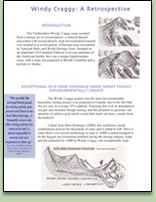 Download PDF of Windy Craggy Retrospective 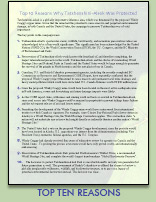 Download PDF of Top 10 Reasons Why Tatshenshini-Alsek was Protected 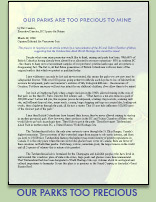 Download PDF of "Our Parks are Too Precious to Mine" Van. Sun Editorial 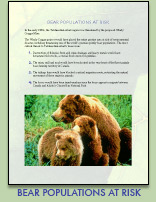 Download PDF of "Bear Populations At Risk" |
Copyright © BC Spaces for Nature, 2008. All rights reserved.
Contact BC Spaces for Nature
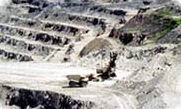 In the summer of 1989, BC Spaces for Nature’s executive director became aware of the fact that survey lines had just been cut into the Tatshenshini heartland for the proposed mine’s access road, despite a lack of appropriate permits. As well, major equipment was also being flown into the proposed mine site. It was clear the Tatshenshini’s world-class wilderness was in imminent danger due to development.
In the summer of 1989, BC Spaces for Nature’s executive director became aware of the fact that survey lines had just been cut into the Tatshenshini heartland for the proposed mine’s access road, despite a lack of appropriate permits. As well, major equipment was also being flown into the proposed mine site. It was clear the Tatshenshini’s world-class wilderness was in imminent danger due to development.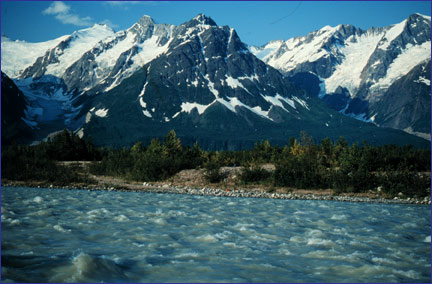 Eventually, in 1993, then BC Premier Mike Harcourt also responded to the quickly rising continental public concern by undertaking a review of the issues surrounding Tatshenshini-Alsek through the Commission on Resources and the Environment (CORE). At the end of this review it was confirmed that developing a mine in the area could be catastrophic. CORE identified 12 severe and irreparable impacts, and 85 serious impacts of the project, and concluded that there was no way to develop a mine here without risking the devastation of the trans-boundary quality of the river, its ecosystems and fishers, downstream Glacier Bay National Park, and an acknowledged world class wilderness area.
Eventually, in 1993, then BC Premier Mike Harcourt also responded to the quickly rising continental public concern by undertaking a review of the issues surrounding Tatshenshini-Alsek through the Commission on Resources and the Environment (CORE). At the end of this review it was confirmed that developing a mine in the area could be catastrophic. CORE identified 12 severe and irreparable impacts, and 85 serious impacts of the project, and concluded that there was no way to develop a mine here without risking the devastation of the trans-boundary quality of the river, its ecosystems and fishers, downstream Glacier Bay National Park, and an acknowledged world class wilderness area.